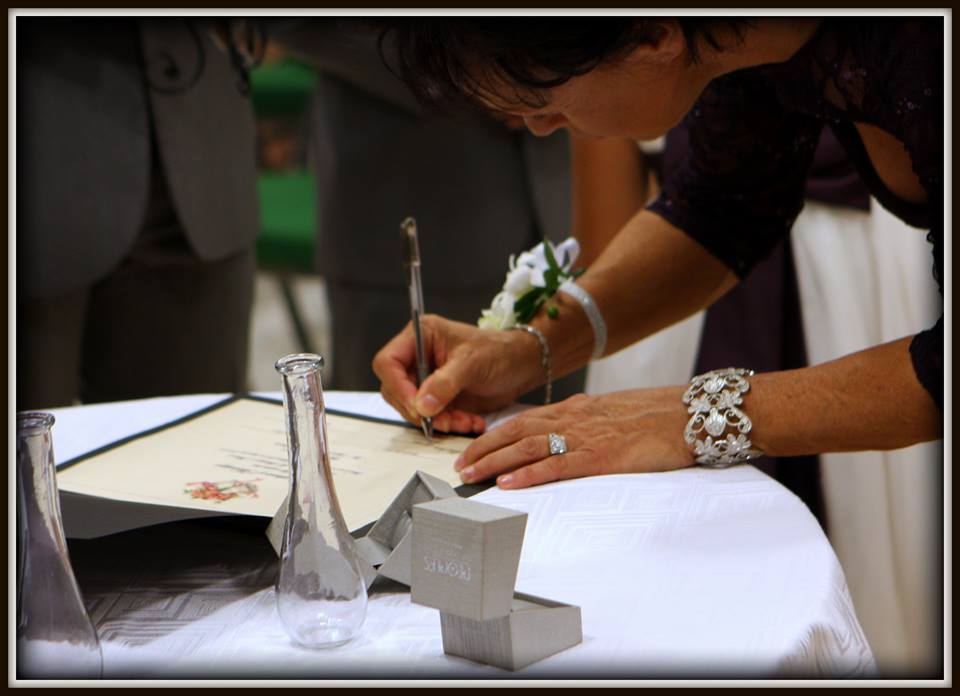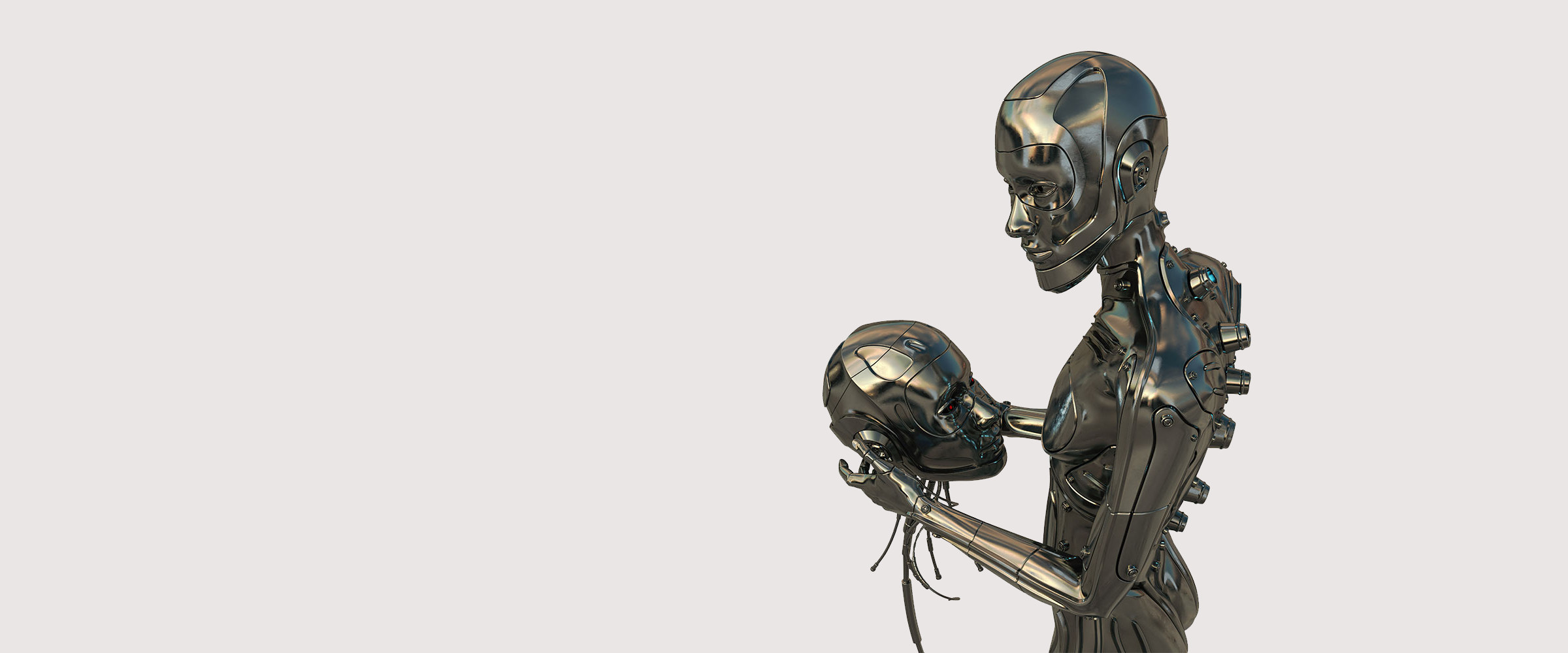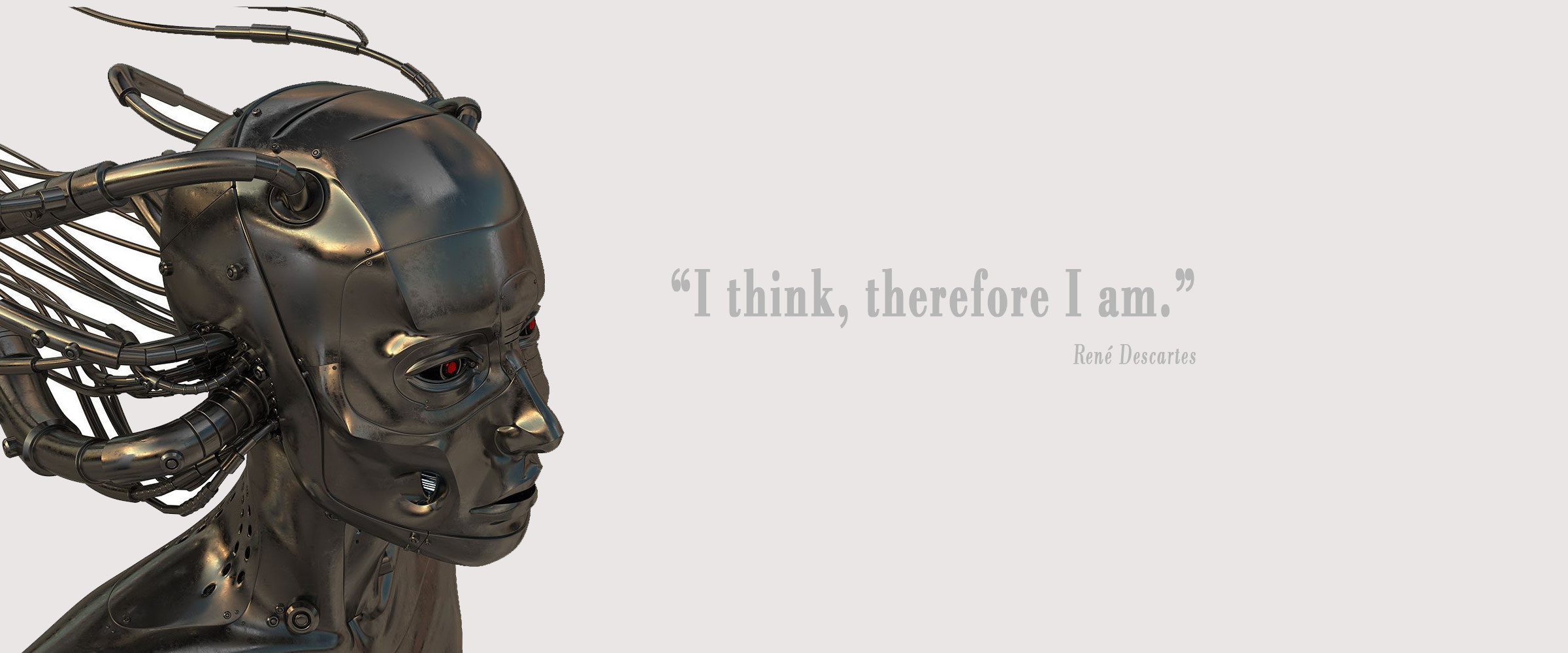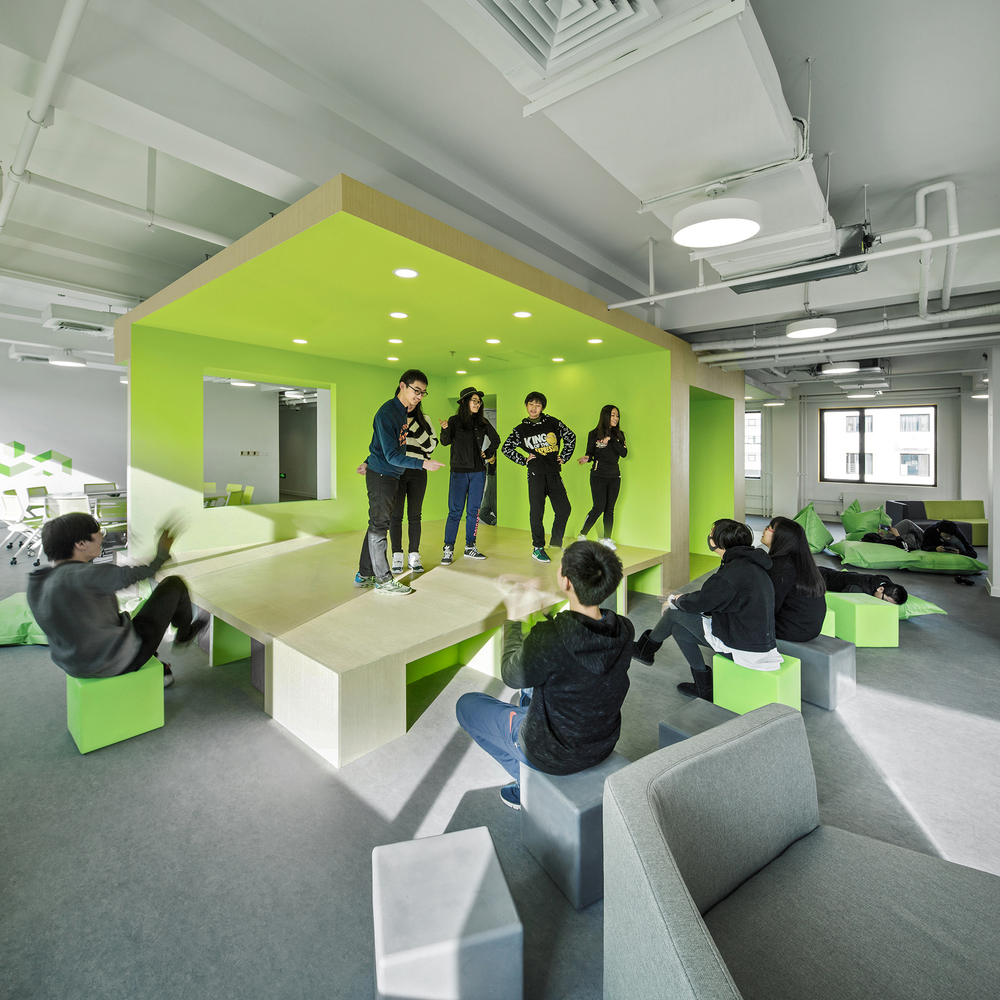Computational Thinking in Education
Examining Multi-dimensional Learning
Well, hello there ...
Bonjour, Salut...
Hallo, Herzlich Willkommen...
Welcome to my ever growing online portfolio and my journey on applying computational thinking in education.
The aim of this website is to share my passion for learning, healthy living and computational thinking as a programmer, teacher and parent.
Feel free to look around and if you like what you see or have any questions, please leave a comment on My Blog. You can always contact me directly via my email at: my Email.
To see more of my professional interests and qualifications please navigate to my My Portfolio Page.
Martina Wilkins
Teachables: Computer Science, Mathematic.

My Classroom Management Theory
I think that practicing good classroom management skills starts by creating a physical learning environment that is inviting and inspiring. I envision my ideal classroom to have a Feng shui architecture. An architecture that uses energy forces to harmonize individuals with their surrounding environment. Ideally one of this room's most visible feature would be windows reaching from top to bottom thus allowing for lots of natural light. An indoor water wall positioned on the back of the room would send out soothing sounds of falling water, thus promoting relaxation and calmness and naturally purifying the air. Ergonomic designed furniture would allow the students to adapt the working conditions to their individual needs, and to compensate for differences in height and weights. The most important feature would be a patio door leading to an outdoor classroom where the students and I could escape the indoor settings in order to draw from natures energies. There would be clusters of tables inviting students to work in groups while listening to some relaxing music playing in the background.
My vision of being a teacher is someone who walks ‘beside' each student and who supports them on their journey of discovering who they are. My goal is to create meaningful relationships with my students, but like any other relationship, forming a trust-based relationship takes time and is a process that requires constant engagement from both sides; the students and me the teacher. I feel that in order to reach my vision, I probably will have to start with a more teacher-centered approach in the beginning and over time move to a more leadership centered teaching style. As I see it, sharing my vision with the students is essential for it to be successful. I think that it will help the students to look at where we are as a group today and where I want us to be for instance two months down the road. Rome was not built in one day and nor will our classroom culture. It will require us to keep an open mind, to learn new skills, to continually be engaged and to work on our relationships, thus building trust and mutual respect.
I look forward to meeting the parents of all my students. My goal is to form mutual positive supportive and open relationships with the parents, caregivers or guardians of my students. I feel that they are a vital link between home and the school, and if I can get the support of the parents, then the child's learning experience will be so much better. I also believe that sometimes meeting the parents or never meeting the parents as the case might be, will help me understand the situation of the student at home. I think the real challenge for me will be the students who need the support, but whose parents never show up to any parent-teacher meetings. Being the person who I am, I can almost guarantee that I will be knocking on their front door for an after-school visit.
Hopefully, I will never have to go to such extremes, and my goal, for now, is to reach out to the parents early with positive remarks about the student, send home little things that I had noticed about them, in short, communicate that I only have the best interest of the student in mind.
There is no doubt in my mind that every teacher needs to have excellent time management skills to be successful. I believe that I have good time management skills already but starting a new career and having to use new methods, will force me to sharpen up mine and to adopt new ones as well. Work smarter not harder. Students deserve a teacher who comes to class well organized and well prepared. If we want my students to hand in their work on time, I must lead with a good example. And walk the walk and talk the talk. Be the role model that you want them to be!
Rules are essential when dealing with bodies of people because they avoid chaos. Rules establish a clear standard of conduct, instill a sense of respect and offer a sense of community belonging. I will have our rules visible, and I will go over our classroom rules with my students on more than one occasion, to ensure, that my students understand what they mean, why they are essential to our classroom culture and what the consequences might be should they show undesirable behaviors.
I believe that well-established classroom routines are essential for daily classroom management. They create order and security and make transitions more manageable. Most importantly, classroom routines free up time for teaching and learning because classroom management jobs do not take as long. I believe that classroom routines convey confidence in the teacher because students see him/her as a well-organized person.
I will share the Circle of Courage as part of my holistic teaching approach. The circle of courage is a great life vision because it teaches valuable lessons about generosity, independence, mastery, and belonging. In addition, I want to invite support workers from the community to our Friday discussion groups, make school trips to those locations, have pamphlets in the classroom and really emphasize that my students get to know the staff, know about their services and hopefully this will encourage them to reach out for help if they need it.
Being mindful is essential as a teacher because I think that students these days need more than ever before the undivided attention of an adult. Lives are so busy, with both parents working, and weeknights packed with after-school activities do not leave much one-on-one time for parents to spend with their children. In my mind, the reason why mindfulness is so important today is that many children are starting at an early age being entertained by digital LeapFrog or FisherPrice laughs & Learn devices. In short, digital everything replaces quality times with parents or caregivers. The teacher's role today is to fill that void.
No doubt, there are many reasons why schools use punishment to correct students' behavior, but I believe that punishment promotes aggression and is a response by someone with more power over someone with less power.
Furthermore, I think that it is human nature to feel angry or frustrated when someone has power over us, and I imagine that a student might learn from being punished that in order to get your way you ought to use power. When someone punishes us, we have little empathy for the person who executes the punishment nor the victim. We usually turn inward and become even more self-interested. So I must wonder, if our response to aggression is more aggression, then what message do we send to the bullies?


Considering that we develop algorithms
that take over human decision making processes
(flying airplanes, self driving cars, medical
diagnosis and sentencing decisions), what
ethical and moral responsibility do we
have as programmers?






